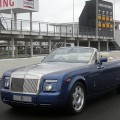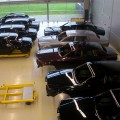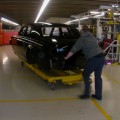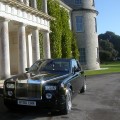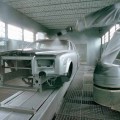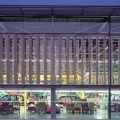-
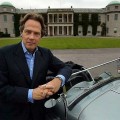 Rolls-Royce is Reborn
Rolls-Royce is RebornLord March Gives Rolls-Royce a New Home on the Goodwood Estate
commisioned by Architectural Digest
“I’m very keen on modern architecture, and spent hours and hours looking at it from every possible angle,” recalls Charles Gordon-Lennox, the Earl of March and Kinrara. His office space is festooned with toy cars from several eras, many of which were handmade by his grandfather. “It was going to be a big building, and I didn’t want to wreck the one thing I’ve got.”
The “it” to which he refers is the Sir Nicholas Grimshaw-designed factory for Rolls-Royce, a BMW brand since 2003. Lord March, son of the Duke of Richmond, is heir to the Goodwood estate, an enormous property of rolling hills and soft beauty set in the pristine Chichester countryside. Dotted with cows and sheep — who graze on strictly biodynamic pasture, accented with ancient and extraordinary trees — the estate is home to several highly-regarded public sporting events that feature vintage automobiles and planes, and race horses. It’s also home to the headquarters of Rolls-Royce, which couldn’t have picked a more quintessentially English spot from which to roll out their interpretation of the quintessentially English car.
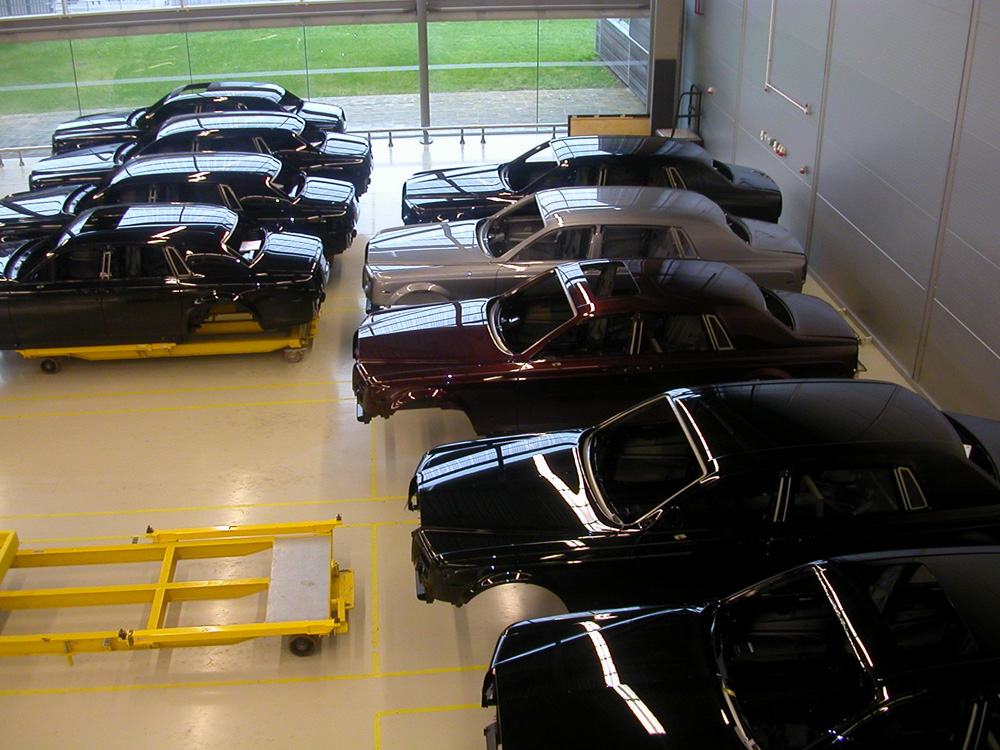
Phantoms are bespoke: customers choose the color from a wide range of options -- or create their own.
Lord March had initially suggested Hopkins Architects, the celebrated British firm, for the project. “BMW put up Grimshaw,” he recalls. “Nick convinced everybody that his design would sit in the landscape very quietly, and that he could be on-time and on-budget.”
Indeed, “factory” is something of a misnomer here. Between 800 to 1,000 man-hours are involved in the execution of any Rolls-Royce Phantom model, but only 260 of those man-hours are actually clocked at Goodwood. The rest take place in Germany, the source of the car’s engine and transmission (always the heart of a Rolls), its body, and even its interior leather (Bavarian hide, from 18-month-old bullocks). While major decisions affecting the brand are all made at BMW’s Munich headquarters, for Rolls-Royce, credentials and cachet are crucial, and Goodwood supplies them in spades.
“There were always a lot of Rolls-Royces here, but none in my personal history -– although there’s a current Phantom available for my use,” Lord March says. “It’s interesting to me that when this model came out we were all quite shocked by it. But now, people whose taste I really respect think it’s a fabulous thing, once I take them out for a drive.”
When the Phantom sedan was introduced in 2003, its imposing size (the car is 19 feet long) seemed more appropriate for sea than land. The relatively minimal design — vast body panels nearly bereft of shiny embellishments, ferried on huge chromed wheels — was considered by many Rolls enthusiasts a provocation. In just a few years, however, the car appears to have softened into a classic Rolls, as if it had evolved directly from the brand’s mid-20th century glory days, somehow managing to leapfrog over four decades of inconsistent design and execution.
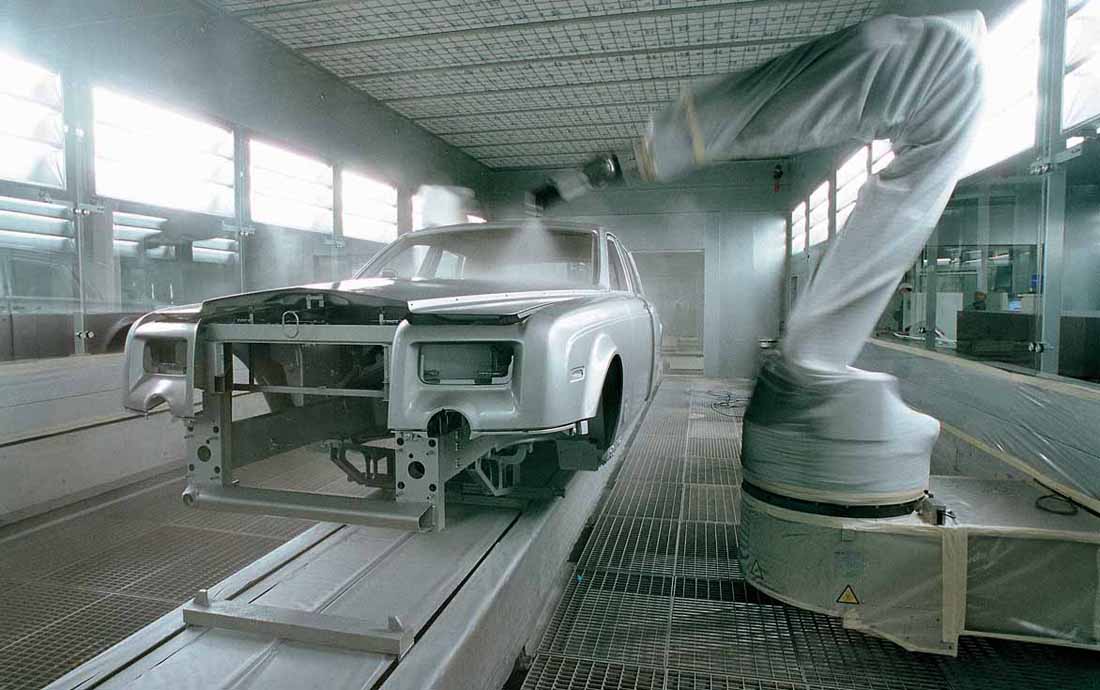
The sandblasting machine helps get rid of impurities on the car's surface.
This careful, knowing resuscitation of beloved, slightly eccentric British marques has become something of a BMW specialty: new Range Rovers designed during BMW’s ownership, as well as the current Minis, have captured the essence of the iconic models perfectly and have met with great success. The new Phantom is outselling its competitors (Maybach and the Bentley Arnage) by a considerable margin. Its base price, in American dollars, is roughly $340,000.
“The ones I know who’ve got them are mostly car enthusiasts, who are also kind of rock stars,” Lord March says. (As for the aristocracy, he adds with a laugh, “I don’t think they’ve got the money anymore.”) The Earl acknowledges the irony behind having the two paragons of English automotive showmanship — Bentley (now owned by VW) and Rolls-Royce — in German hands. After noting that “Britishness” is a beloved quality recognizable all over the world, he adds that “it’s a shame we now have to be shown how to do it. What makes a Rolls-Royce a Rolls-Royce was obviously not being thought about until BMW came in.”
While the body shells are not likely to change for ten years or more, all of the internals are subject to revision as technology advances — or as customers provide feedback. For the first time in more than half a century, the research and development, and the design and execution components are all synced up to the original exalted standard set by Mr. Royce.
“The 1920s and 30s set the tone of the achievements we should aim for,” says Cameron. “But there are other design cues — from the Cloud and Silver Shadow, for example — that form the language.” The huge Phantom wheels (the biggest of any passenger vehicle on the road save for the largest SUVs) are reminiscent of early models. “The dream proportion of any designer is that the vehicle height should not be more than twice the height of the wheel, which is what we’ve achieved, and it’s unique,” he says. Their large rolling radius also contributes to ride comfort.
The Drophead Coupé conveys luxury in a vintage manner, belying its absolute state-of-the-art engineering. Most open cars today are made with folding hardtops, not canvas. “A car in this class – you cannot compare folding metal to a beautifully tailored cloth that’s tight as a drum,” Cameron observes. “A convertible is about a soft top. Don’t forget, these people have five or six cars in their garage. They’re not looking for the ‘reversible jacket’ or multipurpose vehicle.
“The fascination for Mr. Royce was to create the best possible product,” he continues. “That product got recognized by wealthy people as the best one to have, and then got associated with luxury.” But, he adds, “Luxury is tangential. It’s not how much gold plate, or whatever, is in the car.”
And luxury, Cameron suggests, can neither be rushed nor automated. Robots are few and far between at Goodwood; they wouldn’t have the patience. MG

